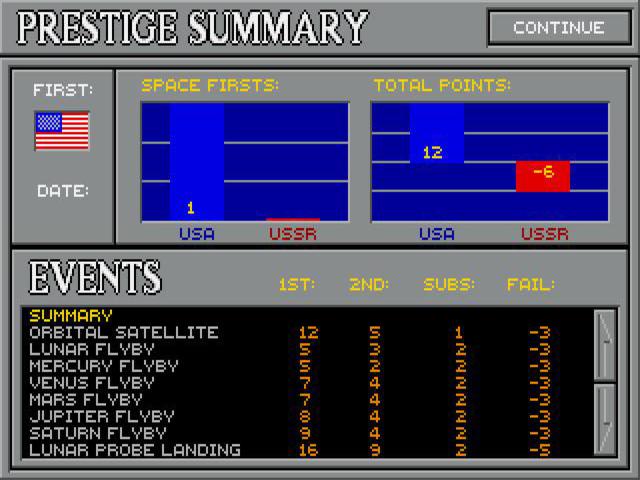



The “Inquiry into Satellite and Missile Programs” began on Novemand by January 23, 1958, over 1,300 pages of testimony had been recorded. Senate Counsel to the Democratic Policy Committee and Preparedness Investigating Committee, Gerald Seigel, recalled that the hearings sought to answer one essential question: “Why did the Russians beat us with this little Geophysical Year Navy project that was supposed to launch an eleven pound satellite?” 8 7 Johnson resurrected and chaired the Preparedness Subcommittee of the Senate Arms Services Committee, originally formed in 1950 following the outbreak of the Korean War, and began holding congressional hearings. He made many phone calls, spoke with other legislators, and received approval to conduct a congressional investigation of the U.S. Johnson’s wife, Claudia “Lady Bird” Johnson, later recalled the events of that day:īefore the evening was over, Johnson launched into action. Johnson contemplated Congress’ response from his Texas Ranch. While President Eisenhower prepared to address Sputnik’s launch from the White House, Senate Majority Leader Lyndon B. 4 Many feared that the satellite was also an indicator of missile technology, which could potentially be launched from the Soviet Union and target major U.S. 3 The launch of a satellite demonstrated the Soviet Union’s impressive advancements in space technology and upended these stereotypes, putting the American public and scientific community on edge. During the 1950s, anti-Soviet propaganda usually lauded American ideals of freedom and democracy, as well as American ingenuity and creativity, while portraying the communist nation as a “brutish, backward, and totalitarian” society. The United States was planning to launch its own satellite, but the Soviets beat them to the finish line.Īfter World War II, the United States and the Soviet Union had emerged as global superpowers, and the battle for supremacy between these two nations touched on all facets of American life. 5 In the aftermath of Sputnik I, the United States found itself unexpectedly bested by Soviet technology. In ninety-eight minutes’ time, this beach ball sized object completed its first orbit of Earth and changed the course of history by turning Americans’ attention toward outer space. On October 4, 1957, the Soviet Union launched the world’s first artificial satellite, Sputnik I, into space. Johnson’s efforts to advance technology and explore beyond Earth’s atmosphere are often overlooked, with his role in space exploration reduced in comparison to his predecessor and successor.

However, perhaps no president reached for the stars quite like Lyndon B. Nixon successfully landed humans on the moon. Kennedy vowed to put a man on the moon “before this decade is out.” 2 President Richard M. Eisenhower oversaw the creation of the National Aeronautics and Space Administration (NASA). The success of the Apollo 11 mission was the culmination of many years of political, social, and technological effort, with incredible advances that spanned the administrations of four American presidents.


 0 kommentar(er)
0 kommentar(er)
